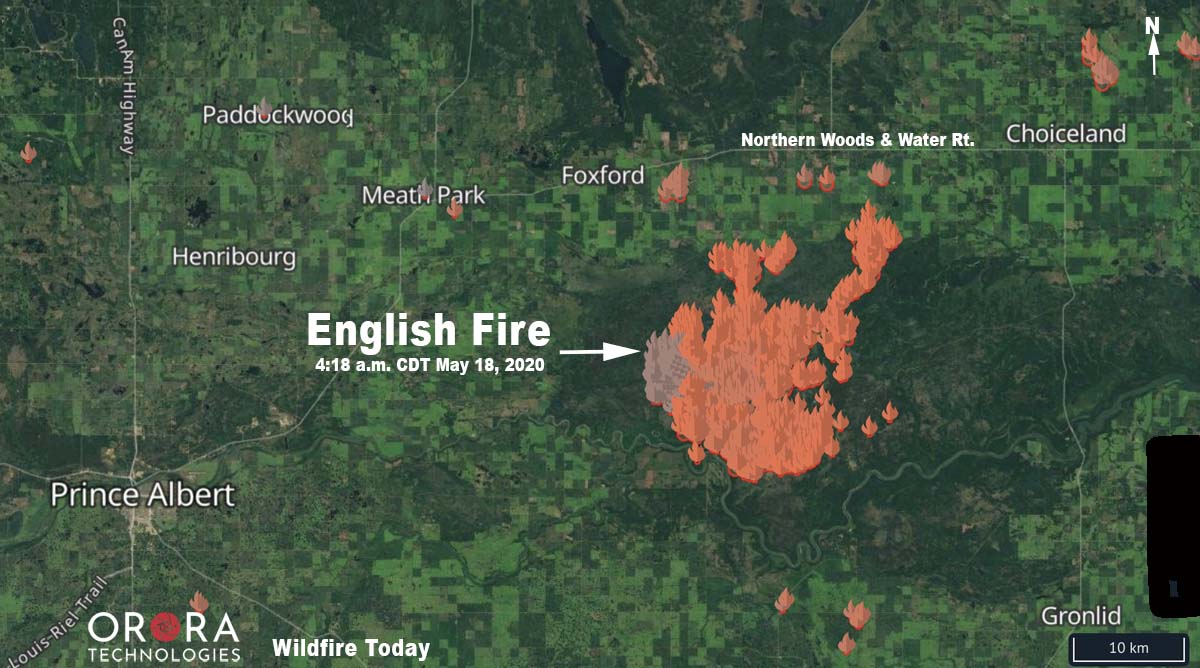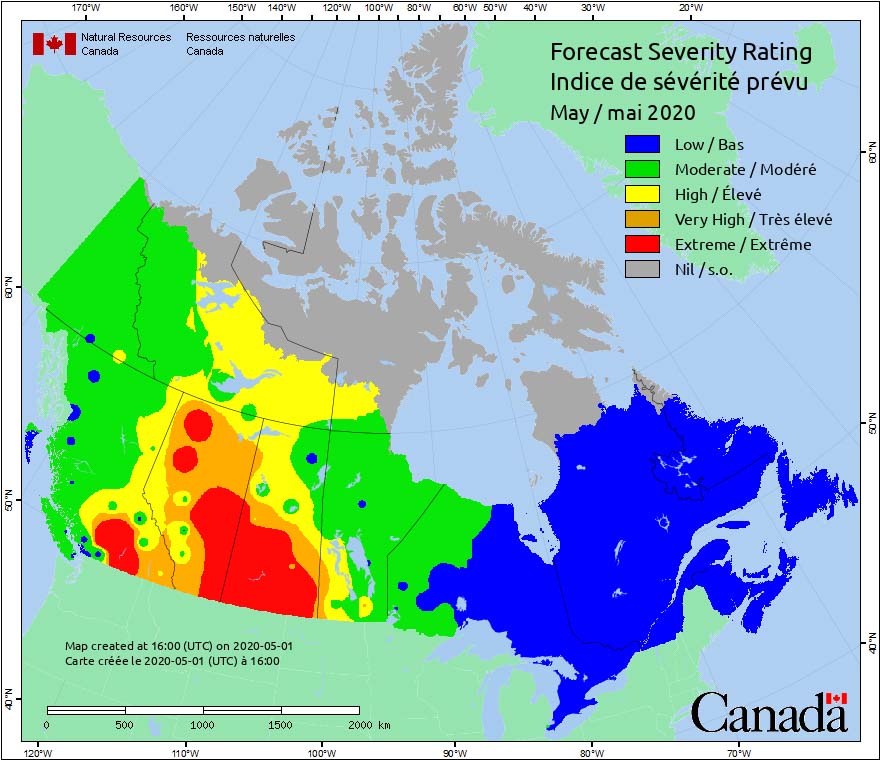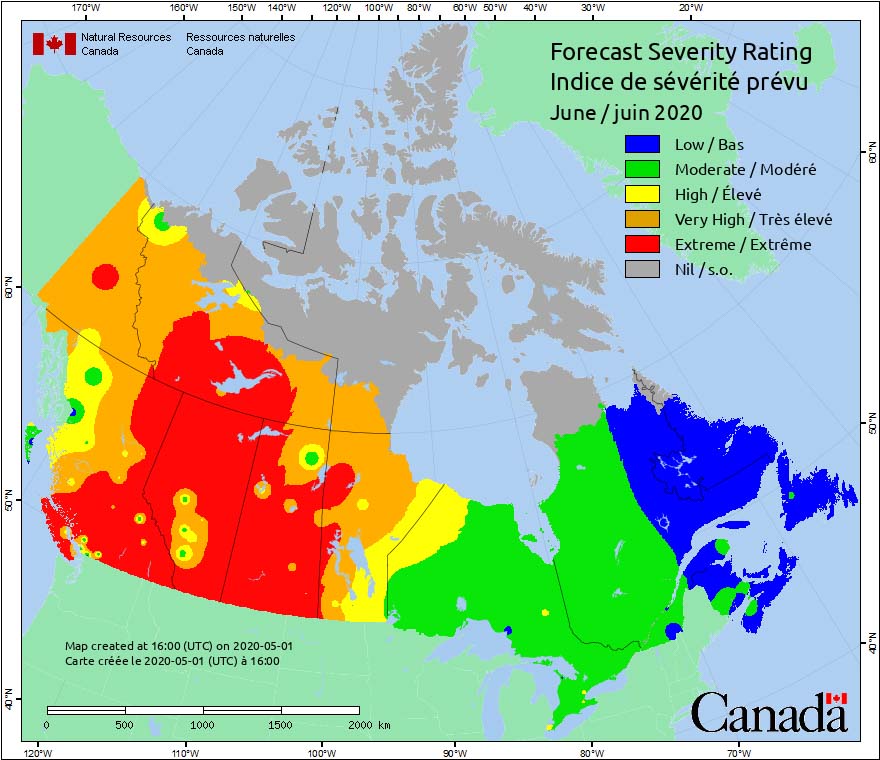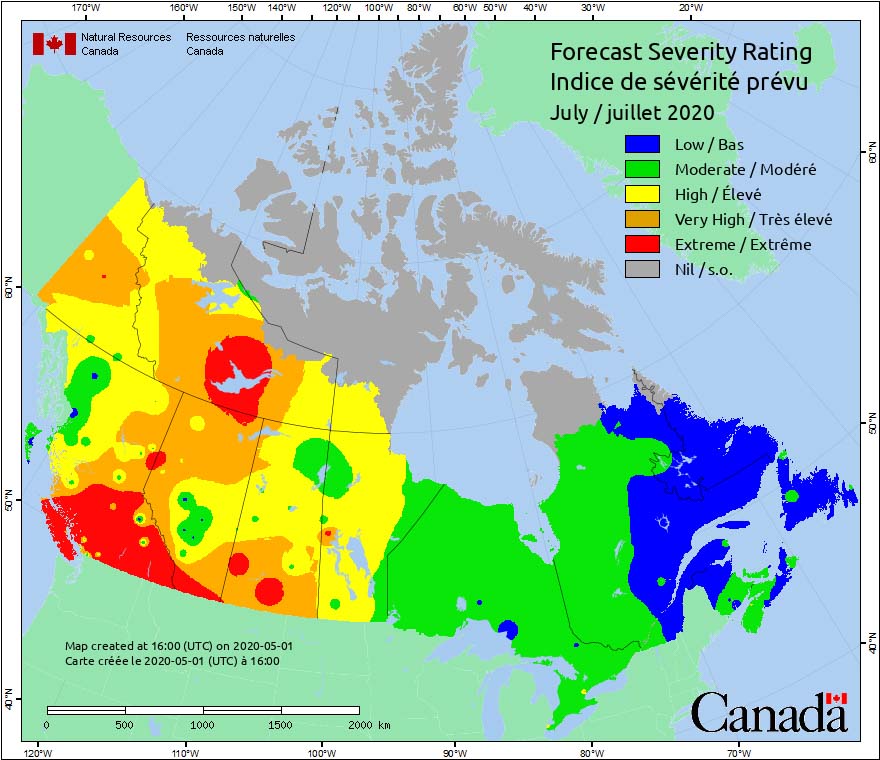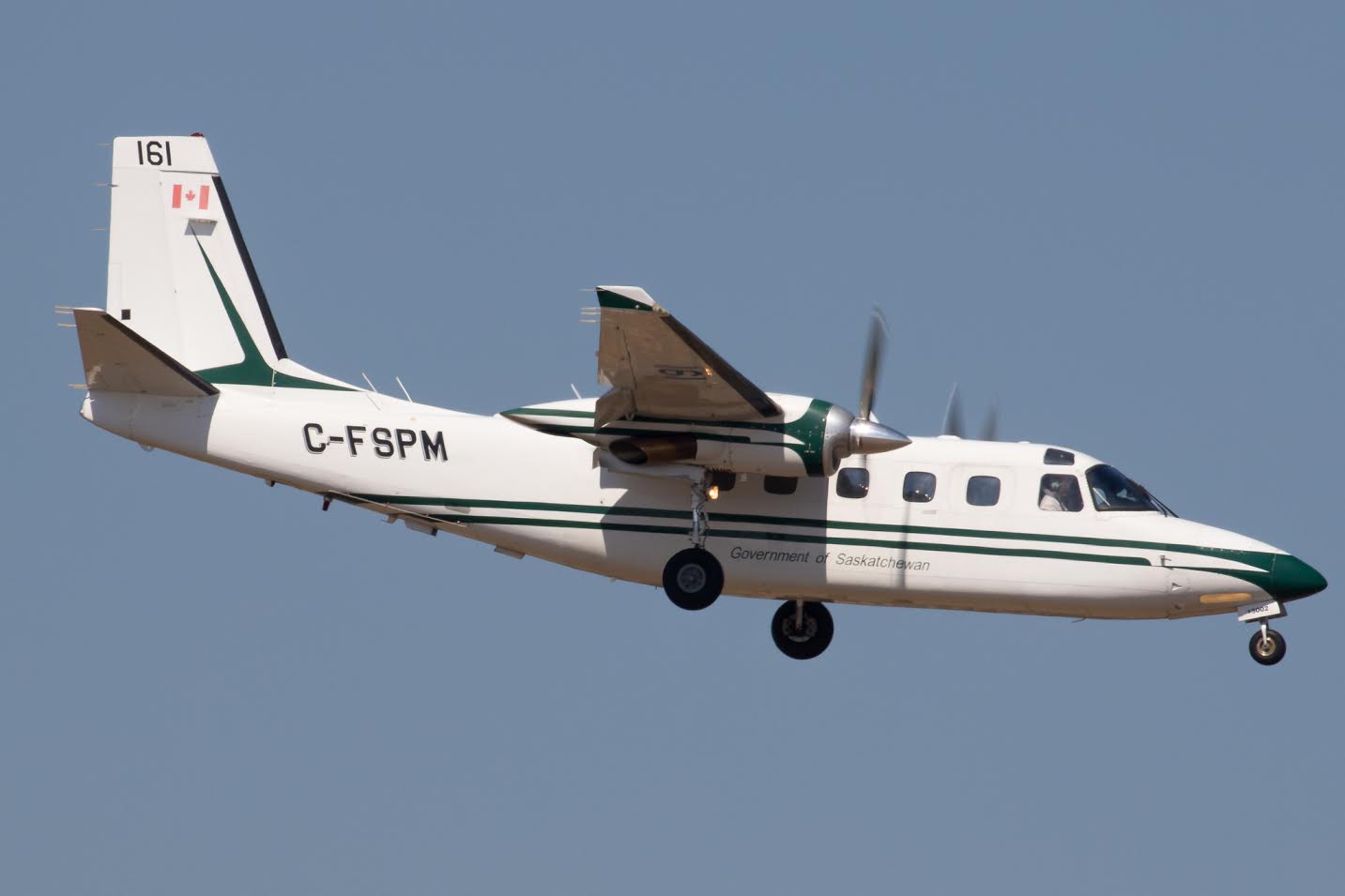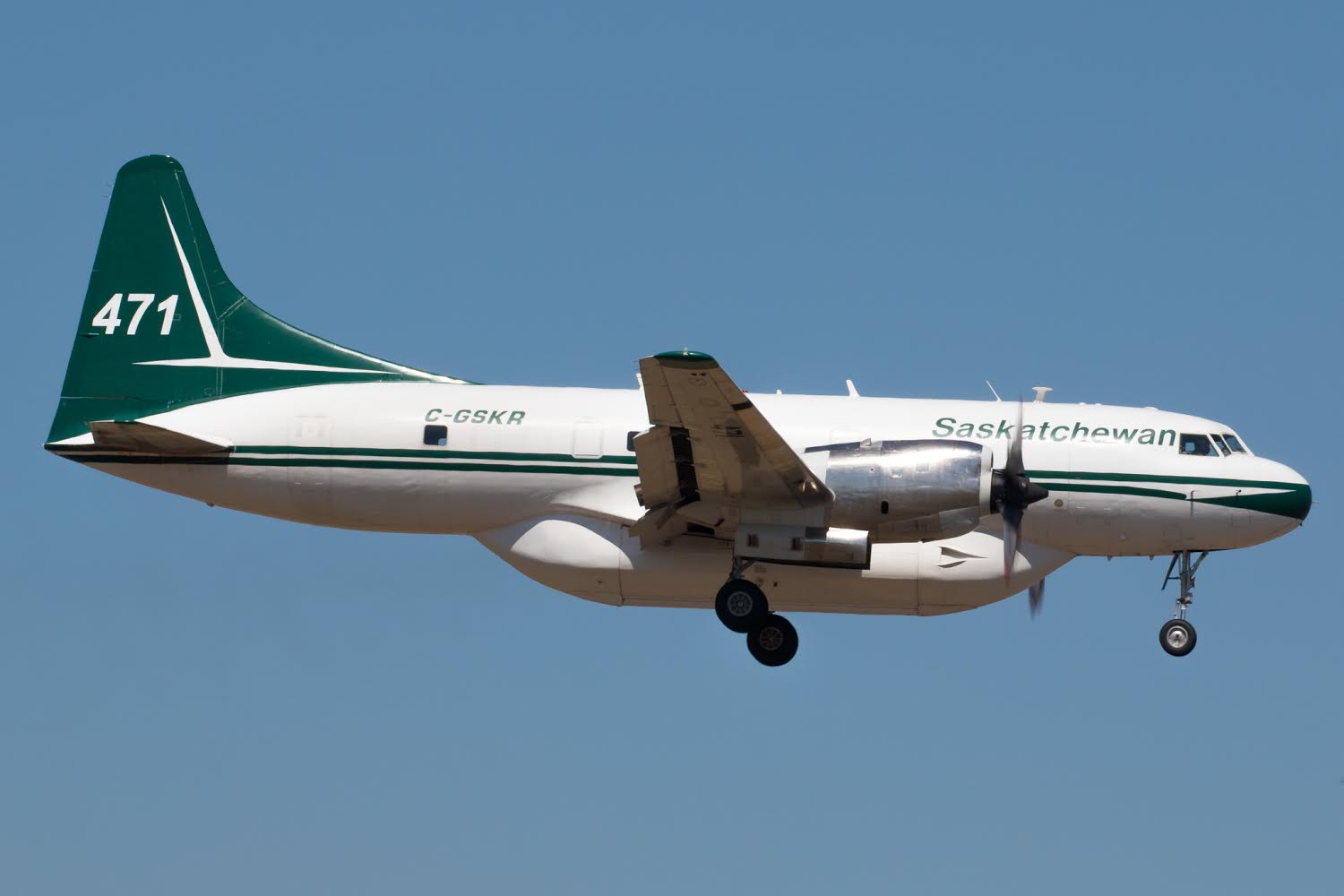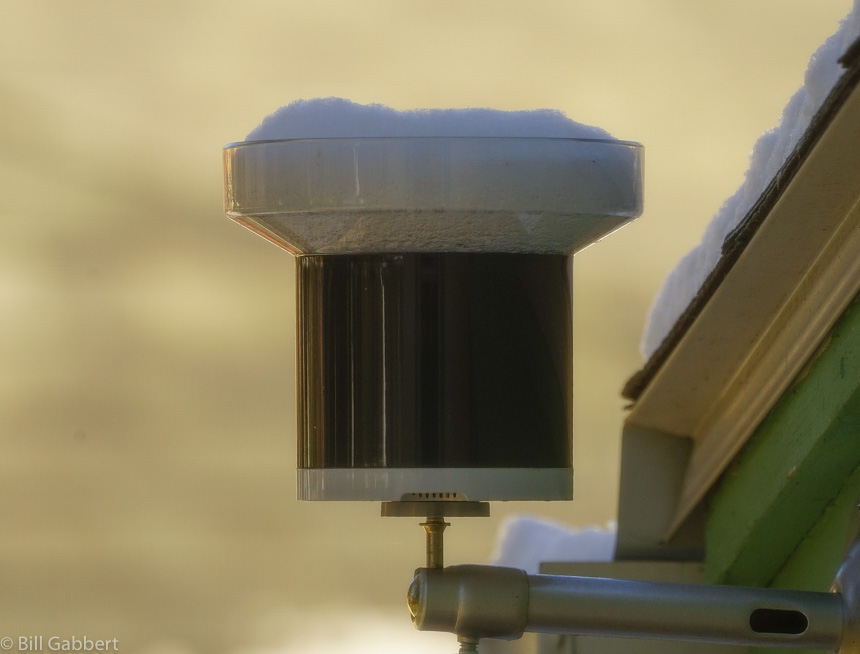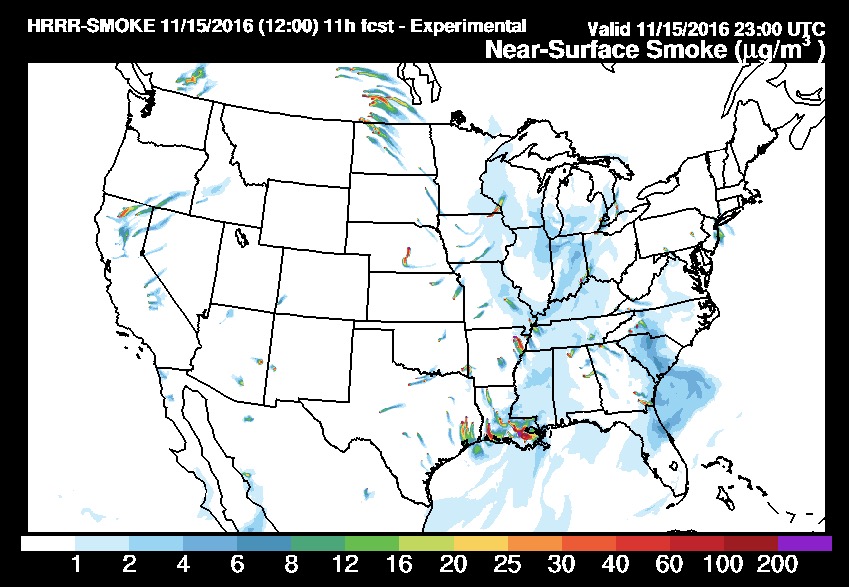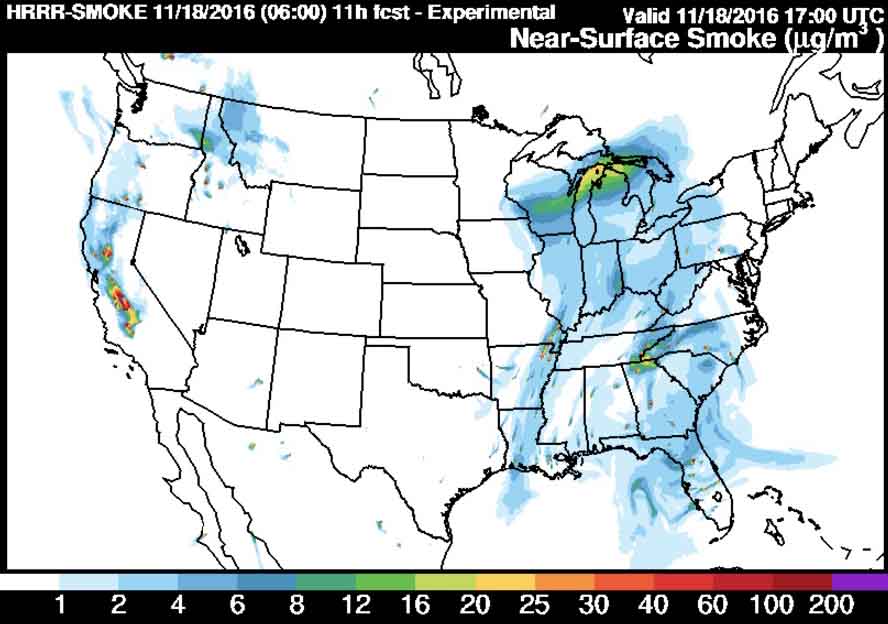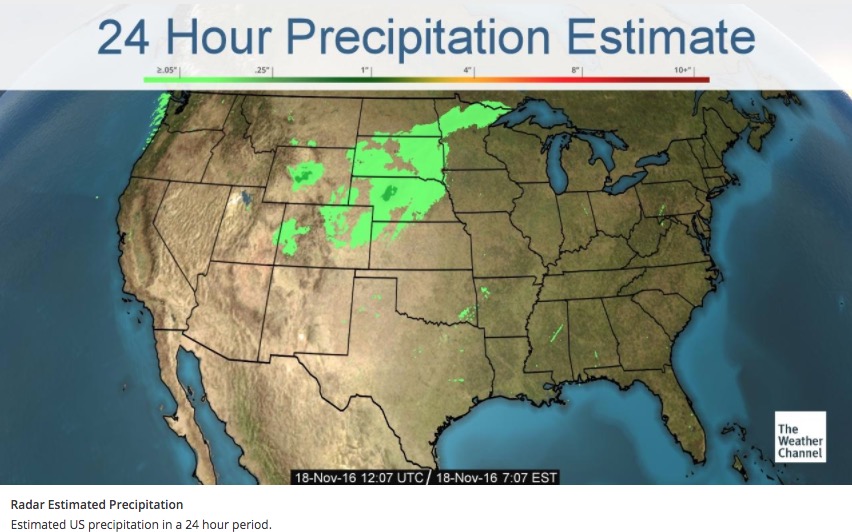Updated 8:42 a.m. MDT May 19, 2021

Tuesday afternoon and into the evening the Cloverdale Fire a few kilometers northeast of Prince Albert, Sask. was active near Highway 55 where it burned across the highway north of the 780 road and spread into agricultural areas. The fields at that location and on the north side of the fire make it easier for firefighters to contain the blaze in those areas. (See the map below.)

The video below was aired Tuesday evening.
The weather forecast for Prince Albert on Wednesday is for increasing clouds with a west wind of 30 km/h gusting to 50, and the temperature steady near 9C.
5:09 p.m. MDT May 18, 2021

A large wildfire just northeast of Prince Albert, Saskatchewan has burned thousands of hectares and prompted the evacuations of more than 35 homes. Tuesday morning Steve Roberts, vice-president of operations for the Saskatchewan Public Safety Agency said it had burned 3,694 hectares (9,128 acres). (See the map above.)
Prince Albert Mayor Greg Dionne said Tuesday morning that the fire had jumped across Highway 55.
Electrical power has been shut off for about 8,000 people.
The city of Prince Albert declared a state of emergency last night because of fires on the northeast outskirts of the city.
Power has been out for over 8 thousand people in the north central area due to several transmission lines being damaged by the fire. pic.twitter.com/PXJNIH7j9Z
— APTN News (@APTNNews) May 18, 2021

